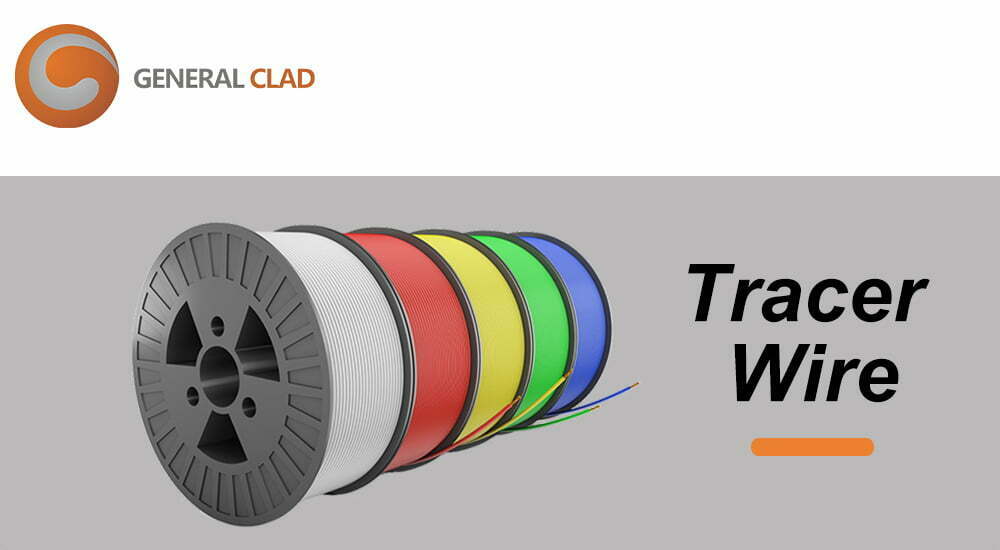Various industries use copper-clad steel tracer wire as a versatile material for tracing and locating buried utilities. It consists of a steel core coated with a layer of copper. This combination provides both strength and conductivity, making it an ideal choice for underground applications.
Applications of Copper-Clad Steel Tracer Wire:
- Firstly, Locating Buried Utilities: Users bury tracer wire alongside underground utilities, such as electrical cables, gas lines, and water pipes.When locating a utility, users can use a tracer to emit a signal that a receiver can detect. This process pinpoints the exact location of the buried line.
- Secondly, Grounding and Bonding: Users can use copper-clad steel tracer wire for grounding and bonding electrical systems. It provides a low-resistance path for electrical currents, ensuring proper grounding and preventing electrical hazards.
- Thirdly, Lightning Protection: Users can install tracer wire around buildings and structures to provide lightning protection. It acts as a conductor, diverting lightning strikes away from the structure and into the ground.
- Fourthly, Security and Surveillance: Users can use tracer wire to create perimeter security systems. When the wire is cut or disturbed, it triggers an alarm, alerting security personnel to potential intrusions.
Types of Copper-Clad Steel Tracer Wire:
- Solid Core Tracer Wire: Consists of a solid steel core coated with copper. It offers high strength and durability, making it suitable for heavy-duty applications.
- Stranded Core Tracer Wire: Features a stranded steel core coated with copper. It is more flexible than solid core wire, allowing users to bend and route it around obstacles.
- Insulated Tracer Wire: Has an additional layer of insulation over the copper coating. This insulation provides protection against moisture and corrosion, making it ideal for underground installations.
- Bare Tracer Wire: Lacks insulation, making it more susceptible to corrosion. Typically, people use it in dry or indoor applications where corrosion is not a concern.
Factors to Consider When Choosing Tracer Wire:
- Application: Determine the specific application for which you will use the tracer wire. Different applications require different types of wire.
- Strength: Consider the strength requirements of the application. Solid core wire is stronger than stranded core wire.
- Flexibility: If you need to route the wire around obstacles, stranded core wire is more flexible.
- Corrosion Resistance: Insulated tracer wire provides better corrosion resistance than bare wire.
- Cost: Tracer wire prices vary depending on the type and quantity required.
Installation Guidelines for Copper-Clad Steel Tracer Wire:
- Depth: Bury the tracer wire at a depth of 6-12 inches below the surface.
- Parallel to Utilities: Run the tracer wire parallel to the buried utilities it is intended to trace.
- Avoid Sharp Bends: Avoid bending the wire sharply, as this can damage the copper coating.
- Use Markers: Place markers along the tracer wire to indicate its location.
- Test Regularly: Regularly test the tracer wire to ensure its continuity and functionality.
Conclusion:
To sum up, Copper-clad steel tracer wire is a valuable tool for tracing and locating buried utilities. Its strength, conductivity, and versatility make it suitable for a wide range of applications. By choosing the right type of tracer wire and following proper installation guidelines, you can ensure its effective and long-lasting performance.

